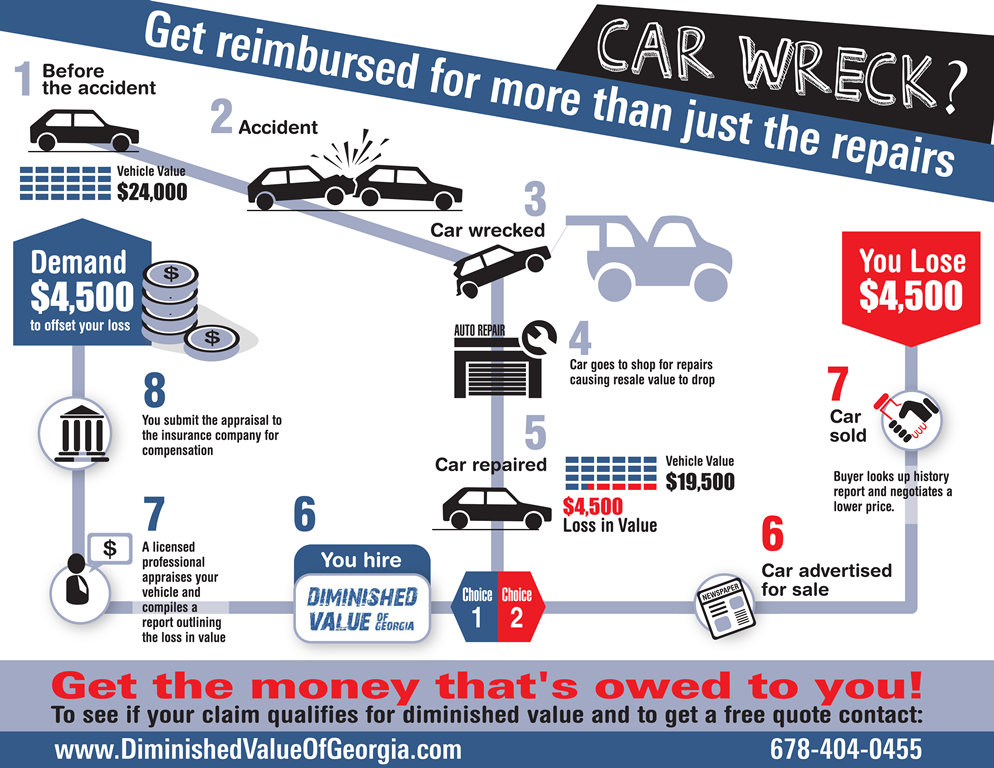Discovering The Genuine Analysis Of Your Vehicle'S Caution Lighting
Discovering The Genuine Analysis Of Your Vehicle'S Caution Lighting
Blog Article
Web Content Writer-McKee Conradsen
When you're behind the wheel, those beautiful warning lights on your dashboard can be a little bit puzzling. Do you recognize what they're attempting to inform you about your vehicle's wellness? Recognizing the significance of these lights is crucial for your safety and security and the long life of your automobile. So, the next time among those lights pops up, wouldn't you wish to decode its message accurately and take the needed actions to resolve it?
Common Caution Lighting and Interpretations
Identify typical caution lights in your automobile and recognize their definitions to ensure secure driving.
The most common warning lights include the check engine light, which indicates issues with the engine or discharges system. If this light comes on, it's essential to have your car checked promptly.
The oil pressure cautioning light suggests reduced oil pressure, requiring immediate attention to stop engine damages.
A blinking battery light could suggest a damaged billing system, potentially leaving you stranded otherwise resolved.
The tire stress tracking system (TPMS) light informs you to reduced tire stress, affecting automobile security and fuel effectiveness. Overlooking this could lead to risky driving conditions.
The abdominal muscle light shows a trouble with the anti-lock stopping system, endangering your capacity to stop quickly in emergencies.
Lastly, advanced auto repair alerting light warns of engine overheating, which can result in serious damage if not solved swiftly.
Comprehending these usual caution lights will assist you attend to problems immediately and keep safe driving conditions.
Significance of Prompt Focus
Recognizing the usual caution lights in your automobile is just the initial step; the relevance of promptly resolving these cautions can't be highlighted sufficient to guarantee your security when traveling.
When a warning light illuminates on your dashboard, it's your car's means of connecting a possible concern that needs attention. Overlooking these warnings can lead to extra extreme troubles in the future, jeopardizing your safety and security and possibly costing you a lot more out of commission.
Prompt focus to warning lights can avoid breakdowns and accidents. For https://www.abc10.com/article/news/local/fair-oaks-carmichael/auto-shop-carmichael-joyrides-customers-cars/103-d465c013-44f8-4e24-b2af-7db5919bbae9 , a flashing check engine light can show a misfire that, if left neglected, might trigger damages to the catalytic converter. Resolving this without delay can conserve you from an expensive repair work.
Similarly, a brake system warning light might signal reduced brake fluid or used brake pads, essential components for your safety when driving.
Do It Yourself Troubleshooting Tips
If you see a caution light on your control panel, there are a few DIY fixing ideas you can attempt before seeking expert assistance.
The primary step is to consult your car's handbook to understand what the certain caution light shows. Often the concern can be as easy as a loosened gas cap triggering the check engine light. Tightening the gas cap may settle the problem.
One more common problem is a low battery, which can activate different alerting lights. Examining the battery connections for rust and ensuring they're safe and secure may deal with the issue.
If a warning light continues, you can try resetting it by detaching the cars and truck's battery for a few mins and then reconnecting it. Additionally, inspecting your vehicle's liquid levels, such as oil, coolant, and brake liquid, can assist repair alerting lights associated with these systems.
Verdict
Finally, understanding your car's warning lights is important for maintaining your lorry running efficiently and safely. By immediately addressing these notifies and understanding what they indicate, you can avoid pricey repair work and prospective break downs.
Bear in mind to consult your car's guidebook for specific information on each cautioning light and act appropriately to guarantee a hassle-free driving experience.
Keep notified, remain risk-free when driving!
